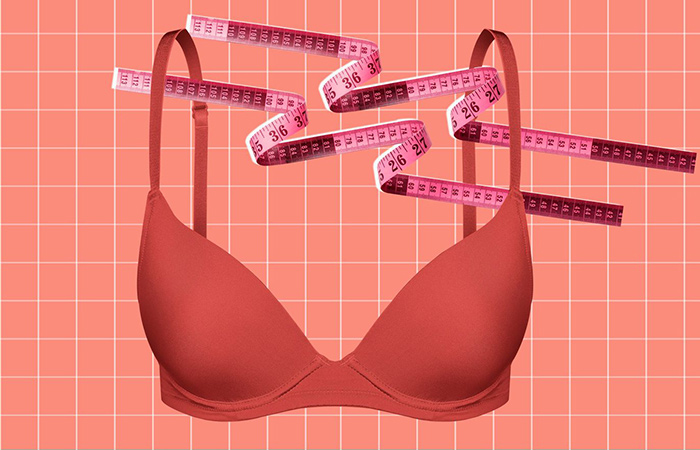
Finding the perfect bra size is an essential aspect of every woman's wardrobe. Wearing the right bra size not only enhances comfort and confidence but also has a significant impact on overall health. Ill-fitting bras can lead to discomfort, pain, and even long-term health issues. In this article, we will explore the importance of a perfect bra size and provide step-by-step guidance on how to measure bra size accurately. By understanding the significance of finding the right fit, women can prioritize their well-being and enjoy the benefits of a properly fitted bra.
The Importance of a Perfect Bra Size: Choosing the correct bra size is vital for several reasons. Firstly, it ensures comfort. A bra that fits well will provide adequate support without causing discomfort or leaving marks on the skin. Secondly, it improves posture by providing proper alignment and support to the breasts. A well-fitted bra will prevent sagging and strain on the back and shoulders. Thirdly, it enhances confidence. Wearing the right size can boost self-esteem, allowing women to feel comfortable and confident in their appearance. Lastly, a proper bra size promotes breast health. It reduces the risk of tissue damage and breast pain that can be caused by an ill-fitting bra.
Understanding Bra Size Measurements: To measure bra size accurately, it is essential to understand the basic components of bra sizing. Bra sizes consist of two measurements: the band size (measured around the ribcage) and the cup size (measured across the fullest part of the breasts).
To determine the band size, use a soft measuring tape and measure directly under the bust, ensuring the tape is snug but not too tight. Round the measurement to the nearest whole number. This number will represent the band size.
To calculate the cup size, measure the fullest part of the breasts, making sure the measuring tape is parallel to the ground. Subtract the band size from this measurement and refer to a bra size chart to determine the cup size. Each inch difference corresponds to a cup size (e.g., 1 inch difference = A cup, 2 inches = B cup, and so on).
It is important to note that bra sizes can vary among different brands and styles. Therefore, it is recommended to try on different bras within the calculated size range to find the best fit.
Step-by-Step Guide to Measuring Bra Size
Step 1: Start by wearing an unlined or non-padded bra, as these provide a more accurate measurement.
Step 2: Measure the band size by placing the measuring tape directly under the bust, ensuring it is parallel to the ground. Take a snug measurement, making sure it feels comfortable and not overly tight.
Step 3: Round the measurement to the nearest whole number. This will be your band size.
Step 4: Measure the fullest part of the breasts by wrapping the measuring tape around the chest, ensuring it is parallel to the ground. Take note of this measurement.
Step 5: Subtract the band size from the fullest bust measurement. The difference will determine your cup size. Refer to a bra size chart to find your cup size based on the measurement difference.
Step 6: Once you have your band size and cup size, combine them to determine your bra size (e.g., 34C).
Finding the Perfect Fit: Now that you have your estimated bra size, it's time to find the perfect fit. Remember that sizes can vary across brands and styles, so it's essential to try on different bras within your size range.
When trying on a bra, ensure the band fits snugly around your ribcage without digging into your skin
Established in 2013, FamilyNeeds.net is connected to your lifestyle and everyday life. Publish reviews of your life, style, fashion and essentials.